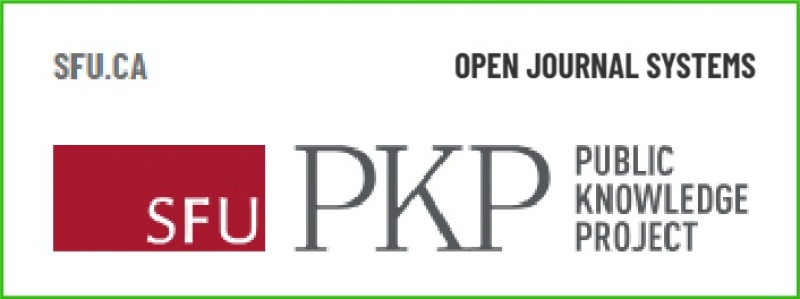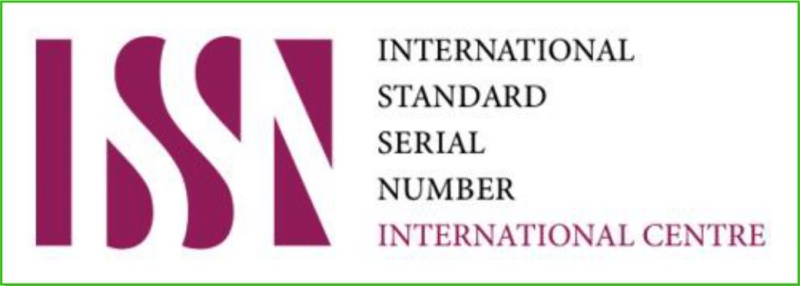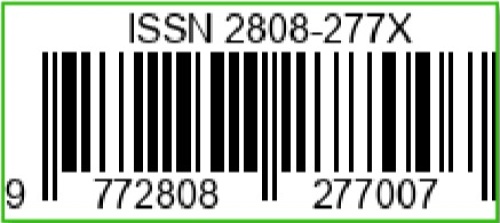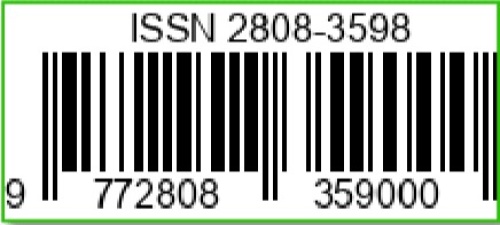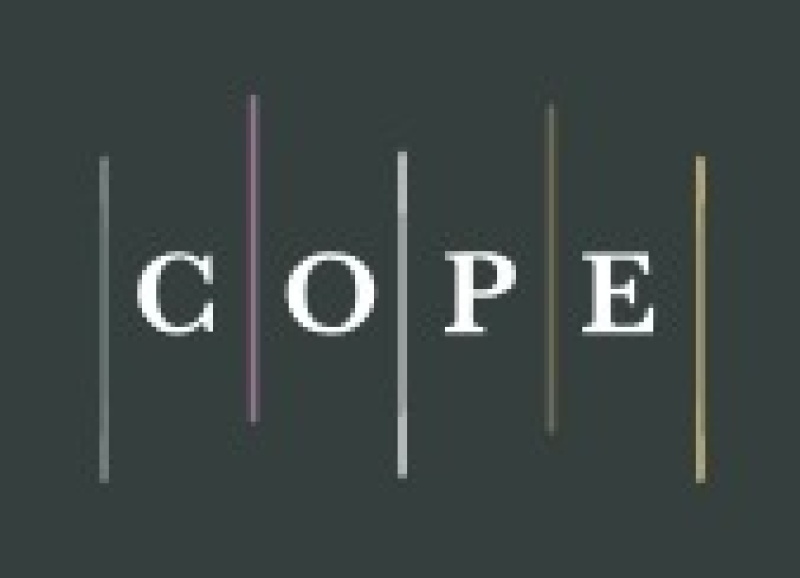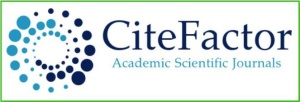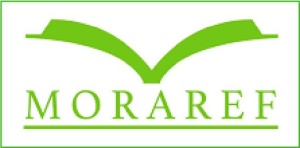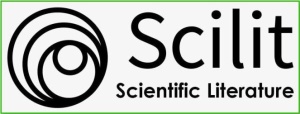Analisis Patogenisitas Fusarium solani dan Pengaruhnya terhadap Pertumbuhan dan Hasil Tanaman Bawang Merah
DOI:
https://doi.org/10.36312/biocaster.v5i3.679Keywords:
Shallots, Fusarium solani, Yield, Incubation Period, PathogenicityAbstract
Fusarium wilt disease caused by Fusarium sp. is one of the main obstacles in the cultivation of shallots (Allium cepa L.), because it can significantly reduce the quality and quantity of crops. This study aims to test the level of pathogenicity of Fusarium solani and analyze the effect of disease attacks on the growth and yield of shallot plants. The study used a two-factor Complete Random Design (RAL) with 6 treatment combinations and 3 replicas on three varieties of shallots inoculated with Fusarium solani. Growth parameters and disease intensity were analyzed using ANOVA and DMRT test at 5%. The results of the study showed that the fungus Fusarium solani f.sp. Cepae has been shown to have high virulence in shallots, indicated by a short incubation period (3-6 days) and an attack rate of up to 100% in all varieties tested. This pathogenic infection decreases vegetative growth (plant height and number of leaves) as well as yield (fresh and dry weight). The Keta Monca variety shows relatively better resistance than the Bima Brebes and Super Philip varieties, although there is no variety that is completely resistant to Fusarium solani attacks. Fusarium solani infection not only inhibits vegetative growth, but also significantly decreases yields. These findings confirm that Fusarium solani has high pathogenicity and has the potential to be a serious threat in onion cultivation.
Downloads
References
Aprilia, I., Maharijaya, A., & Wiyono, S. (2020). Keragaman Genetik dan Ketahanan terhadap Penyakit Layu Fusarium (Fusarium oxysporum f.sp. cepae) Bawang Merah (Allium cepa L. var. aggregatum) Indonesia. Jurnal Hortikultura Indonesia, 11(1), 32-40. https://doi.org/10.29244/jhi.11.1.32-40
Budiarti, S. W., Cahyaningrum, H., & Nugroho, M. A. S. (2022). Inventarisasi Penyakit Bawang Merah (Allium ascalonicum L.) Varietas Lokananta Asal Biji (True Shallot Seed). AgriHealth : Journal of Agri-food, Nutrition and Public Health, 3(2), 143-153. http://dx.doi.org/10.20961/agrihealth.v3i2.64617
Gomez, K. A., & Gomez, A. A. (2010). Statistical Procedures for Agricultural Research. New York: John Wiley & Sons.
Gordon, T. R. (2017). Fusarium oxysporum and the Fusarium Wilt Syndrome. Annual Review of Phytopathology, 55(1), 23-39. https://doi.org/10.1146/annurev-phyto-080615-095919
Hartati, S., Nur’haqi, R. Y., Natawigena, W. D., & Suganda, T. (2022). Potency of Yeasts Isolated from Shallot Rhizosphere to Control Basal Root (Fusarium Oxysporum f.sp. cepae) Disease on Shallot. Cropsaver : Journal of Plant Protection, 5(1), 23-32. https://doi.org/10.24198/cropsaver.v5i1.38099
Hikmahwati, H., Auliah, M. R., Ramlah, R., & Fitrianti, F. (2020). Identifikasi Cendawan Penyebab Penyakit Moler pada Tanaman Bawang Merah (Allium ascolonicum L.) di Kabupaten Enrekang. Agrovital : Jurnal Ilmu Pertanian, 5(2), 83-86. http://dx.doi.org/10.35329/agrovital.v5i2.1745
Irfandri, I., Silvina, F., & Ramadhoni, R. (2025). Insidensi Penyakit Layu Fusarium (Fusarium oxysporum f.sp. cepae) pada Daerah Pengembangan Bawang Merah di Provinsi Riau. Agrikultura, 36(2), 243-251. https://doi.org/10.24198/agrikultura.v36i2.62767
Juwanda, M., Khotimah, K., & Amin, M. (2016). Peningkatan Ketahanan Bawang Merah terhadap Penyakit Layu Fusarium melalui Induksi Ketahanan dengan Asam Salisilat secara Invitro. Agrin, 20(1), 15-28. https://doi.org/10.20884/1.agrin.2016.20.1.310
Marianah, L., Nawangsih, A. A., Munif, A., Giyanto, G., & Tondok, E. T. (2024). Variation in Symptoms and Morphology of Fusarium spp. on Shallot Associated with Basal Plate Rot Disease in Brebes District, Central Java Province, Indonesia. Biodiversitas, 25(5), 2198-2208. https://doi.org/10.13057/biodiv/d250538
Miftahur, R., & Wahyuni, W. S. (2022). Pengendalian Penyakit Layu Fusarium oxysporum f.sp. cepae pada Tanaman Bawang Merah dengan Air Rebusan Serai Dapur (Cymbopogon citratus). Berkala Ilmiah Pertanian, 5(2), 65-69. https://doi.org/10.19184/bip.v5i2.28856
Moura, A. B., Backhouse, D., Júnior, I. T. D. S., & Gomes, C. B. (2022). Soilborne Pathogens. In Subsoil Constraints for Crop Production (pp. 199-224). New York, United States of America: Springer International Publishing.
Nugroho, A. W., Hadiwiyono, H., & Sudadi, S. (2015). Potensi Jamur Perakaran sebagai Agen Pengendalian Hayati Penyakit Moler (Fusarium oxysporum f.sp. cepae) pada Bawang Merah. Agrosains : Jurnal Penelitian Agronomi, 17(1), 4-8. https://doi.org/10.20961/agsjpa.v17i1.18656
Nutter, F. W., Esker, P. D., & Netto, R. A. C. (2006). Disease Assessment Concepts and the Advancements Made in Improving the Accuracy and Precision of Plant Disease Data. European Journal of Plant Pathology, 115(1), 95-103. https://doi.org/10.1007/s10658-005-1230-z
Pasalo, N. M., Kandou, F. E. F., & Singkoh, M. F. O. (2022). Uji Antagonisme Jamur Trichoderma sp. terhadap Patogen Fusarium sp. pada Tanaman Bawang Merah Allium cepa Isolat Lokal Tonsewer secara In Vitro. Jurnal Ilmu Alam dan Lingkungan, 13(2), 1-7.
Sriwahyuni, S., Oktarina, H., & Chamzurni, T. (2023). Pengaruh Bioaktivator dalam Pupuk Organik Cair Kulit Pisang untuk Mengendalikan Penyakit Layu Fusarium pada Tanaman Tomat (Solanum lycopersicum). Jurnal Ilmiah Mahasiswa Pertanian, 8(1), 438-452. https://doi.org/10.17969/jimfp.v8i1.23042
Syiami, A. S., Suryaminarsih, P., & Mujoko, T. (2025). Potensi Paenibacillus polymyxa pada Media Molase terhadap Penyakit Layu Akibat Fusarium sp. pada Tanaman Cabai Rawit (Capsicum frutescens L.). Plumula : Berkala Ilmiah Agroteknologi, 13(1), 27-34. https://doi.org/10.33005/plumula.v13i1.221
Yanti, Y., Nurbailis, N., Dwipa, I., & Suhendra, D. (2025). Potensi Bacillus spp. sebagai Agens Biokontrol Pengendali Penyakit Layu Fusarium (Fusarium oxysporum f.sp. cepae) dan Pengaruhnya terhadap Pertumbuhan Bawang Merah (Allium ascalonicum L.). Agrikultura, 36(1), 105-114. https://doi.org/10.24198/agrikultura.v36i1.55165
Downloads
Published
How to Cite
Issue
Section
License
Copyright (c) 2025 Irfan Jayadi, Irna Il Sanuriza, Dwi Kartika Risfianty, Khaerul Ihwan, Pahmi Husain, & Irma Risvana Dewi

This work is licensed under a Creative Commons Attribution-ShareAlike 4.0 International License.
-
Attribution — You must give appropriate credit, provide a link to the license, and indicate if changes were made. You may do so in any reasonable manner, but not in any way that suggests the licensor endorses you or your use.
-
ShareAlike — If you remix, transform, or build upon the material, you must distribute your contributions under the same license as the original.


